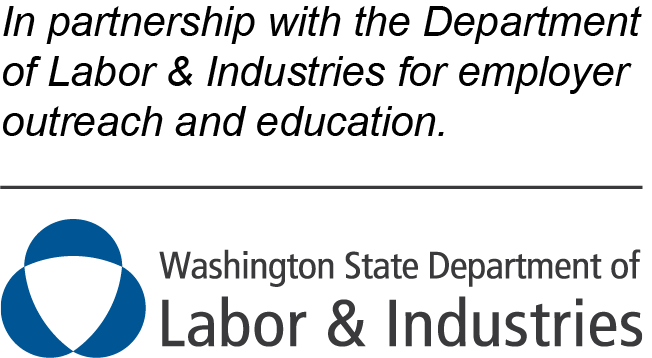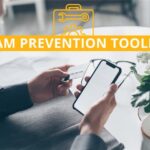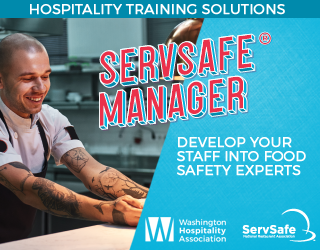
Employers are required to report an on-the-job fatality, in-patient hospitalization, amputation, or loss of an eye by calling the Division of Occupational Safety and Health at 1-800-423-7233.
- You have 8 hours to report a workplace fatality or in-patient hospitalization of any employee.
- You have 24 hours to report a non-hospitalized amputation or loss of an eye of any employee.
If you, as an employer or an agent of an employer, do not learn about the incident when it takes place, you must still report it within these time frames after you are notified.
If your business is in another state, and your employee is injured in Washington state, you must follow these reporting requirements. These requirements also apply if your business is based in Washington and your employee is injured while working out-of- state.
When reporting an incident, make sure to provide:
- Name and phone number of the best person to contact
- The name of the establishment/business
- The location/address where it happened
Under Washington law, employers must have a method of communicating and evaluating safety and health issues brought up by the employer or employees in the workplace. A safety committee or safety meetings helps create and maintain a safe and healthy workplace for all employees.
Larger employers must establish a safety committee. Smaller employers have the choice of either establishing a safety committee or holding safety meetings with a management representative present:
- If you have 10 or fewer employees, you may choose to have safety meetings instead of having a safety committee.
- If you have 11 or more employees on the same shift at the same location, must have a safety committee.
- If you have 11 or more employees, but they work on different shifts and there are 10 or fewer on each shift, you may choose to have safety meetings instead of having a safety committee.
- If you have 11 or more employees but they work in widely separate locations and there are 10 or fewer at each location, you may choose to have safety meetings instead of having a safety committee.
Safety committees
A safety committee is an organizational structure where members represent a group. This gives everyone a voice but keeps the meeting size to an effective number of participants.
Make sure your committee has an elected chairperson and employee-elected and employer-selected members. The number of employee-elected members must equal or exceed the number of employer-selected members. The term of employee- elected members must be a maximum of one year, although there is no limit to the number of terms a representative can serve.
Your committee should determine how often, when, and where, the safety committee will meet. Meetings should be one hour or less, unless extended by a majority vote of the committee. If the committee cannot agree on the frequency of meetings, consult your Labor & Industries regional safety consultation representative for recommendations.
A safety committee must conduct the following activities:
- Review safety and health inspection reports to help correct safety hazards.
- Evaluate the accident investigations conducted since the last meeting to determine if the cause(s) of the unsafe situation was identified and corrected.
- Evaluate your workplace accident and illness prevention program and discuss recommendations for improvement, if needed.
At each meeting, the committee should:
- Document attendance.
- Write down subjects discussed.
- Record the meeting by preparing minutes and preserving them for one year. Minutes must be made available for review by Labor & Industries safety and health consultation personnel.
Safety meetings
A safety meeting includes all employees and must be held once a month. You may meet more often to discuss safety issues as they come up. Have at least one management person present to ensure that issues are addressed. During your safety meeting, you must:
- Review safety and health inspection reports to help correct safety hazards.
- Evaluate the accident investigations conducted since the last meeting to determine if the cause(s) of the unsafe situation was identified and corrected.
- Evaluate your workplace accident and illness prevention program and discuss recommendations for improvement, if needed.
There are no formal documentation requirements for safety meetings except you must document attendance and write down the topics discussed. Meeting minutes should be made available to employees upon request.
Additional Resources
Labor & Industries





























